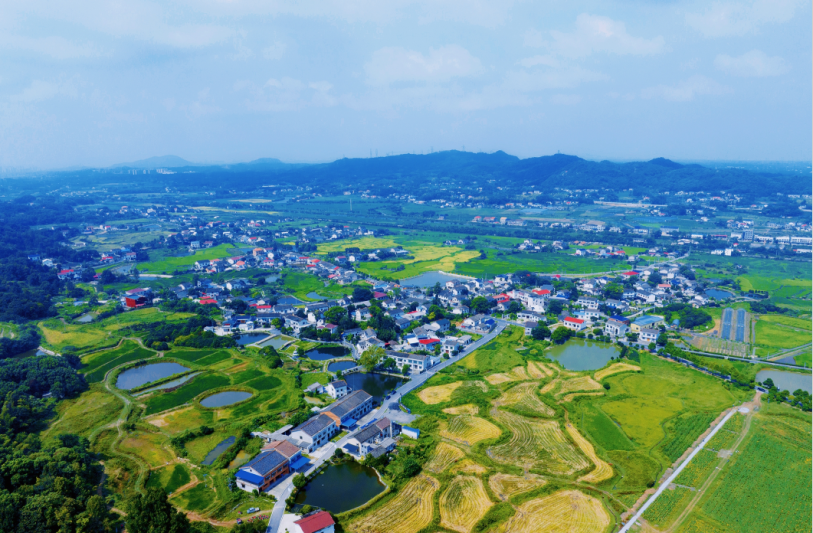
Yu Kongjian was a famous Chinese landscape architect. He became internationally known for creating the “Sponge City” concept. This idea was officially adopted in China to help solve problems like urban flooding. Instead of relying only on concrete pipes and channels to quickly drain rainwater away, the Sponge City approach uses nature to absorb, store, and clean water naturally. Professor Yu believed cities should work like sponges, soaking up rain during wet periods and using it during dry times.
Yu’s philosophy was shaped by his deep respect for nature. He described his design approach as “Big Foot” aesthetics, which values healthy, functional, and productive landscapes over purely decorative ones. He argued that working with nature, rather than against it, was the wisest strategy. For him, the goal was to create a harmonious relationship between land and people. His concept was not just for a single city but could be applied across entire regions, leading to the idea of a “Sponge Planet”.
The Sponge City model uses various nature-based methods. Parks, wetlands, green roofs, and permeable pavements allow rainwater to seep into the ground. This helps reduce flooding, refills groundwater supplies, and cleans polluted water. Well-known projects designed by Yu’s firm, Turenscape, include the Qunli Stormwater Wetland Park in Harbin and the Yanweizhou Park in Jinhua. These parks are not only useful for managing stormwater but are also beautiful public spaces, showing that ecology and art can be combined successfully.
Sponge City concept is a significant contribution to sustainable urban development worldwide. It offers a smart, nature-based solution to the challenges of climate change and urban growth. His vision encourages us to rethink how we design our cities to be more resilient, sustainable, and in balance with the natural world.
原创编写 版权所有 侵权必究! 每日更新 个性化阅读 英语飙升!1.1. How does the Sponge City concept primarily manage rainwater?
A By draining it away quickly.
B By imitating natural absorption.
C By building larger pipes.
D By storing it in tanks.
解析:选B。B 细节理解题。第一段的核心概念是城市应像海绵一样,通过自然方式吸收、储存和净化雨水,而不是快速排走。选项B(模仿自然吸收)准确地概括了这一理念。故选B。
2.2.What is the root of Yu’s Sponge City concept?
A The needs for city growth.
B Creating pretty views.
C Popular styles abroad.
D A deep belief in nature.
解析:选D。D 细节理解题。第二段开头指出,俞孔坚的理念源于他对自然的深切尊重(shaped by his deep respect for nature)。选项B“对自然的深切信仰”准确地用更简单的词汇概括了这一根本原因。故选D。
3.3.The phrase “seep into” in the third paragraph most likely means to ______.
A crash into
B sink into
C clean slowly
D melt into
解析:选B。B 词义猜测题。根据划线单词后文“This helps reduce flooding, refills groundwater supplies...”说明雨水是进入了地下,补充了地下水。因此“seep into”最合理的含义是“渗透进,渗入”,与“sink into”同义。故选B。
4.4.What is the broader value of the Sponge City concept?
A Solving China’s flooding.
B Creating beautiful parks.
C A smart global solution.
D Promoting economic growth.
解析:选C。C 推理判断题。最后一段评价其意义时提到“a significant contribution to sustainable urban development worldwide”,并解决气候变化等全球性挑战。因此,其更广泛的价值在于它是一个面向全球的智慧解决方案。故选C。